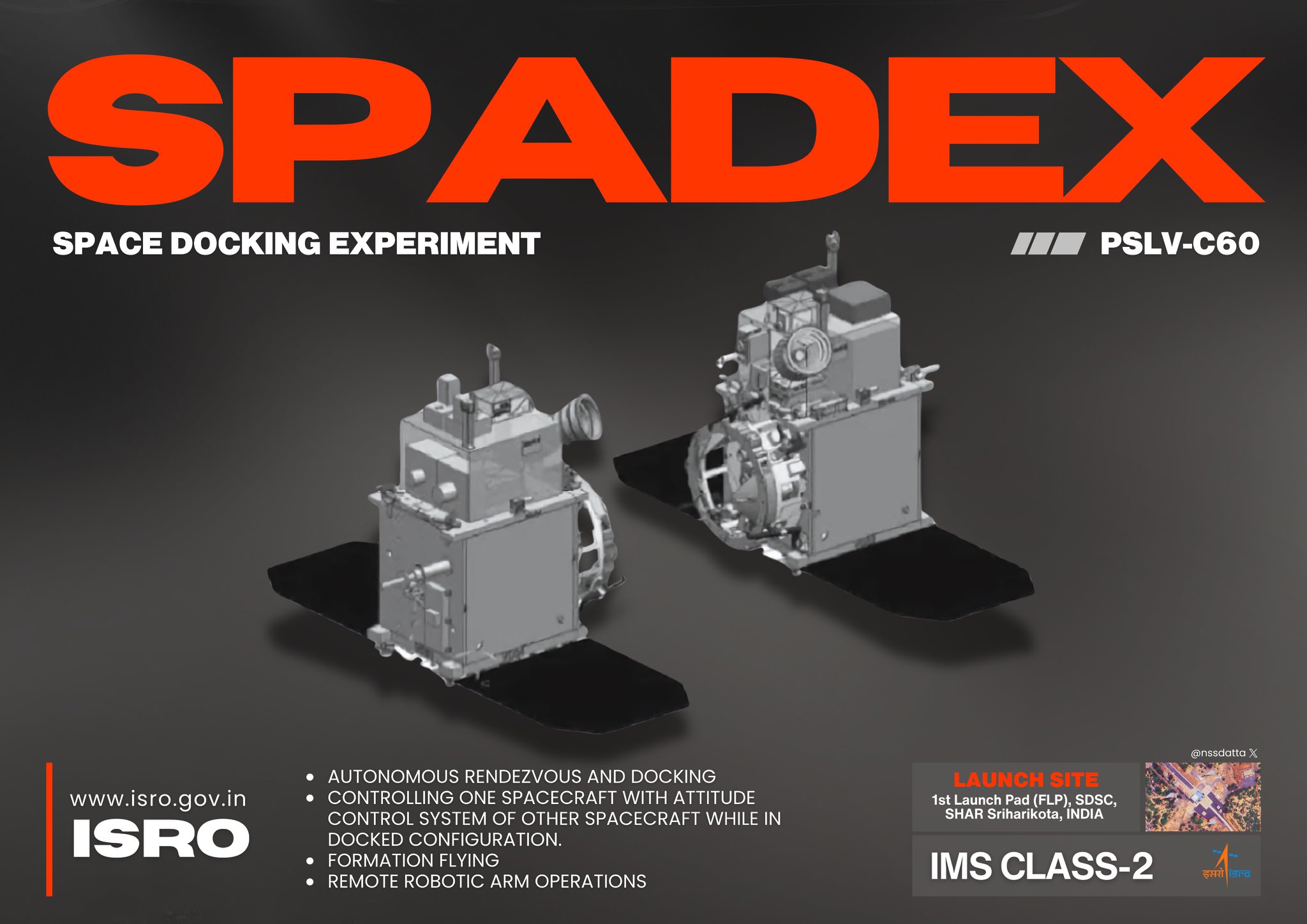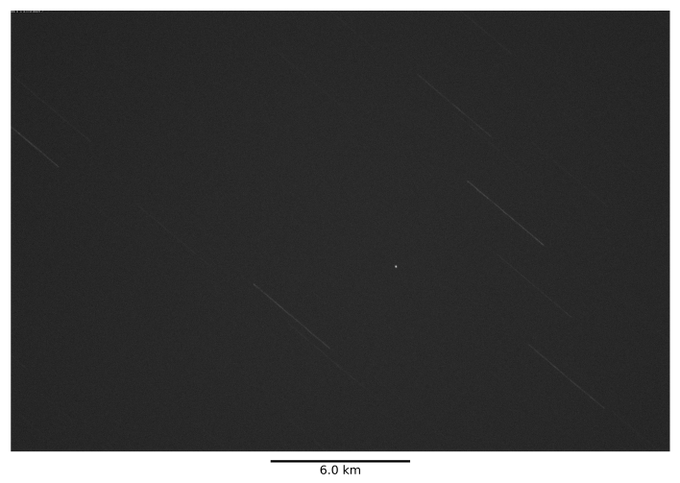Your post is substantive and well written.csaurabh wrote: ↑04 Jan 2025 11:28 Upto now the expectations on ISRO have been the following:
1. Provide domestic launch and satellite capabilities for strategic/ military programs which at least in theory cannot be outsourced
2. Provide domestic launch and satellite capabilities for commercial applications ( communications/ remote sensing )
3. Provide domestic capabilities for scientific research, Mars missions, humans in space, etc. ( non-commercial applications )
In the coming years, 1. sector will be eaten away by DSA, 2. sector will be eaten away by SpaceX/China or Indian private sector companies, ISRO will be left only with 3. which are always derided as white elephant/ vanity projects. And that is not a good place to be in. Hope the folks can see the writing on the wall and act in a more competitive manner to ensure future survival of the organization.
- I agree with the Dept of Space assessment ("Amber G" posted) that India will likely be a significant player in the space economy.
- However, I don't understand why ISRO has to become a "competitive" entity. It is not a private company or even a PSU, it's a government space research agency like NASA in the US, that adheres to the government's policy mandates.
- Yes, it is good that Bharat Sarkar has created DSA for routine operations (and presumably launches) of military assets. I am guessing ISRO does not need to do this any more.
- Yes, it will be great if Indian private sector steps up for vehicle and satellite production for military and commercial launches, in collaboration with ISRO and DSA.
- Yes, I am assuming ISRO will transition into the most challenging R&D that can't be done by application-focused organizations/companies, i.e. new vehicles (including reusable), moon/planetary exploration, manned space program, etc. The technology produced by ISRO would be expected to have a key advantage of low cost and reliable, like those they have already produced.






